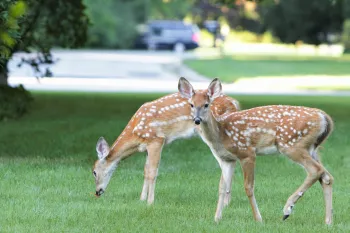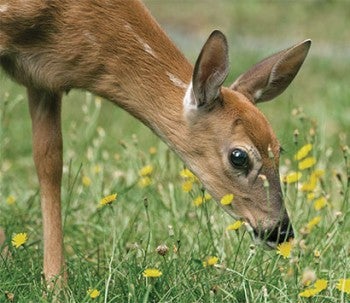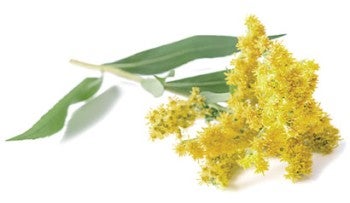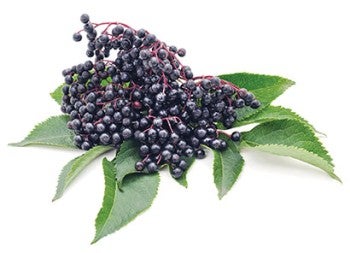Last summer, deer snipped the tops off goldenrods and helped themselves to swamp milkweed buds. They had wild lettuces for breakfast and black raspberries for dessert.
Despite the diverse tasting menus on offer, most plants in my garden didn’t tempt these gentle herbivores, who sampled purpletop grass but gave purple lovegrass a pass. The deer ate seasonally, devouring sedges in spring but ignoring summer regrowth. And even nibbled plants lived to see another day; in fact, half-eaten cardinal flowers sprouted twice as many buds that fed hummingbirds all season.
JPecha/iStock.com
Make your backyard a safe place for wildlife
No matter how big or small your outdoor space, you can create a haven for local wildlife. By providing basic needs like water, food and shelter, you can make a difference in your own backyard.
What you’re doing is actually moving the deer around your landscape yourself and deflecting the herbivory away from the plants that you really like.
Oswald Schmitz, Yale University
Respect the dead (plants)
Tree snags, logs and plant stalks support everyone from the tiniest cavity-nesting bees to roosting owls to fox families. But dead wood also has another important purpose in wildlife habitat: protecting plants from herbivory. A well-placed log or brush pile can encourage deer to look for dinner in a more accessible spot.
Of all my strategies, the best one is this: Be patient, and let your perspective grow along with your garden. The best plants in life are free, sprouting from seeds carried in on the hooves and fur of wild friends. Natural pruning can be an asset, inducing new growth just in time for the next brood of butterflies. For all these lessons I’ve learned in my own garden, a place of constant wonders, I have the deer to thank.




